Can diabetics eat pomegranates?
Can diabetics eat pomegranates? Most diabetics still want to know about this question.
1. It is better not to eat pomegranate
Pomegranate per hundred grams of calories 64 calories, sugar content in 13-17%, belongs to the high sugar fruit, diabetics are best not to eat. An ordinary pomegranate contains almost one hundred and seventy grams of sugar, perhaps you see this data and can not understand what exactly is the concept of an expert analysis shows that a pomegranate's sugar content is equivalent to thirty-nine cubes of sugar, sounds a little scary, however, thePomegranates do contain quite a bit of sugar, so it's best for diabetics to avoid them.
Of course pomegranates are highly nutritious, rich in vitamin C and high in fiber and potassium.If you choose pomegranate, you should not eat more. No more than 50 grams/day.
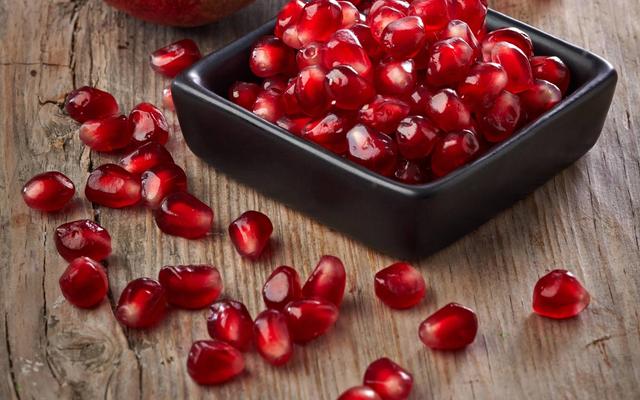
2, you can drink some pomegranate juice
If diabetics are tempted to eat pomegranates, they can drink some pomegranate juice. Although the sugar in many fruit juices is not good for people, pomegranate juice is different, because pomegranates have strong antioxidant properties, and it just so happens that the sugar in pomegranate juice and the antioxidant can be better combined to prevent atherosclerosis, and diabetic patients may just as often suffer from atherosclerosis.So it is okay to drink a little pomegranate juice properly.
A new preliminary study published in the publication Atherosclerosis shows that diabetics who drank pomegranate juice for three months had a lower risk of atherosclerosis; in addition, pomegranate juice slowed down the absorption of LDL cholesterol by immune cells. The results of this study suggest that the antioxidants found in pomegranate juice are particularly beneficial in reducing these heart-related risks due to diabetes.
The results of the study showed that although drinking pomegranate juice did not affect total cholesterol values, it reduced the absorption of oxidized "bad" LDL by immune cells, which is the most important factor leading to atherosclerosis.
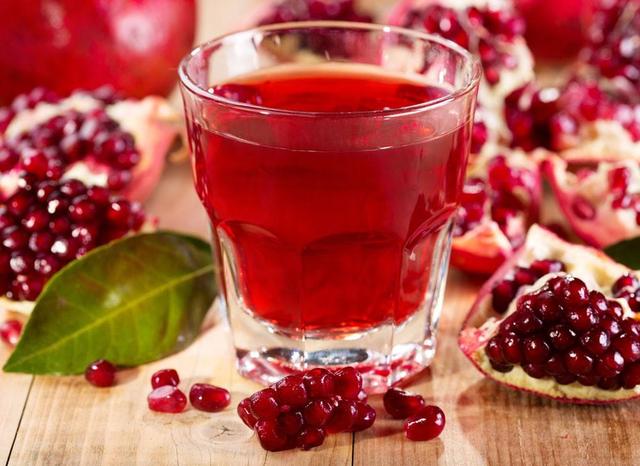
3. Fruits should be low in sugar
Many fruits are sugary, so diabetics should be cautious about eating them. If you want to eat them, you can eat some strawberries and kiwis. Although they are also tart and sweet, they are lower in sugar and are best eaten fresh. If you want to eat fruits, you can actually replace them with some vegetables, such as cucumbers and tomatoes.
Low-sugar fruits in the tomato sugar 2%, watermelon, melon sugar 4%-5%, grapes, cherries, oranges, tangerines, loquats, pears, peaches, plums, pomegranates, lemons, pomelo, prunes, apples, pineapples, etc. are sugar in 12% or less, can be consumed in moderation.
Bananas, cinnamon, lychee, persimmons contain 14% to 16% sugar, sugar cane contains 20% to 30% sugar, honey dates, raisins contain up to 70% sugar. Diabetic patients should try to choose food with low sugar content ((Fruits containing less than 12% sugar; fruits with medium sugar content should not be eaten in excess and should be moderated, and sugar cane, dates and dried grapes with high sugar content should be prohibited.)Fruit juices and canned fruits contain the highest amount of sugar and should not be eaten.
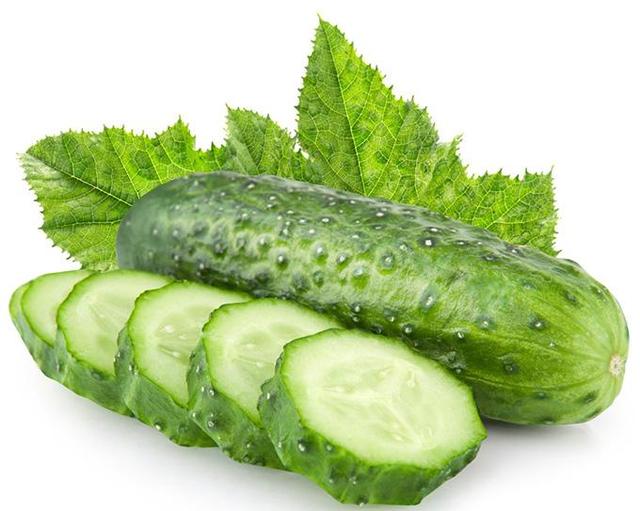
4, eating fruit should be between meals
Between meals is the best time for diabetics to eat fruit. They can usually be eaten between 9:00 and 10:00 a.m., 15:00 and 16:00 p.m. or two hours before bedtime.Diabetic patients with stabilized blood sugar areFruits with low or moderate sugar can be consumed 1 to 2 times a day between meals.Each intake is usually no more than 100g.
Try to eat pomegranates as little as possible, because they are high in sugar, so this is best avoided without food.
First of all, to the point, the average sugar content of pomegranate reaches 18%, which is on the high side of the fruit, diabetics, if the blood sugar control is not good, it is best not to eat or eat a small amount. Blood sugar control is still good, the amount of food can be relaxed a little.
So let's take a look at the pomegranate itself. Pomegranates are sweet and sour, juicy and capable of quenching thirst. Pomegranates are rich in vitamin C and minerals, and the polyphenols and anthocyanins in red pomegranates are super-effective antioxidants that can protect the eyes, prevent skin aging, atherosclerosis, and so on. The alkaloids and organic acids in pomegranate also have good bactericidal effect.
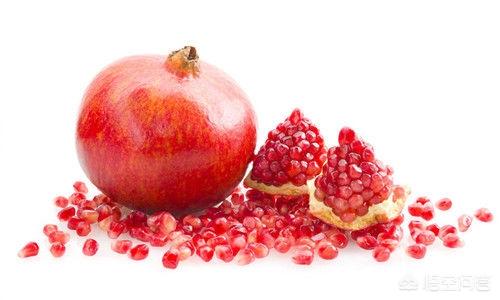
Be careful when eating pomegranates, eating too much pomegranate will be on fire and will damage your teeth and make them black, so it is best to rinse your mouth or brush your teeth after eating pomegranates. Ordinary people are advised not to eat more than half of a pomegranate at a time, and can divide a pomegranate into time segments. And for diabetics, a serving size should not be more than 1/4 of a pomegranate, and should be placed in the time period of additional meals to eat, avoid eating with the main meal.
For fruits, sugar lovers still have to keep an eye on the sugar in them, only those with better blood sugar control (fasting <7, meal 2 <10, glycation <7%) are allowed to eat fruits, and those with poor control are advised to eat low-sugar fruits such as cucumber, tomato and grapefruit for the time being.
I hope this answer is useful to you, remember to click a like oh, in advance, I wish you all a happy national day!
It is possible, but only if the blood sugar control is better, because, for diabetics, there are no strict dietary contraindications.
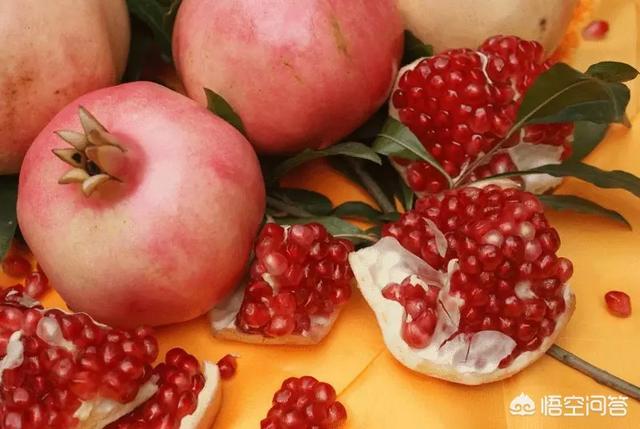
First of all, pomegranate is quite sweet and also rich in sugar, a medium-sized pomegranate contains about 27.7g of carbohydrates, so for sugar lovers, they should choose the amount of food according to their own actual sugar control, and should not eat more.
Plus, pomegranates are good for sugar lovers:
Pomegranates are very nutritious and have a lot of nutrients that are good for the body, such as vitamin C, B vitamins, as well as organic acids, proteins and so on. It is worth mentioning that pomegranates contain one to two times more vitamin C than apples and pears! Vitamin C acts as a cofactor necessary for the hydroxylation reaction and helps promote collagen synthesis, which is great for blood vessels (helps maintain their elasticity).
There is even some specialized literature confirming the benefits of pomegranates in the fight against diabetes: pomegranates are rich in polyphenols and flavonoids, whose antidiabetic properties have been proven.
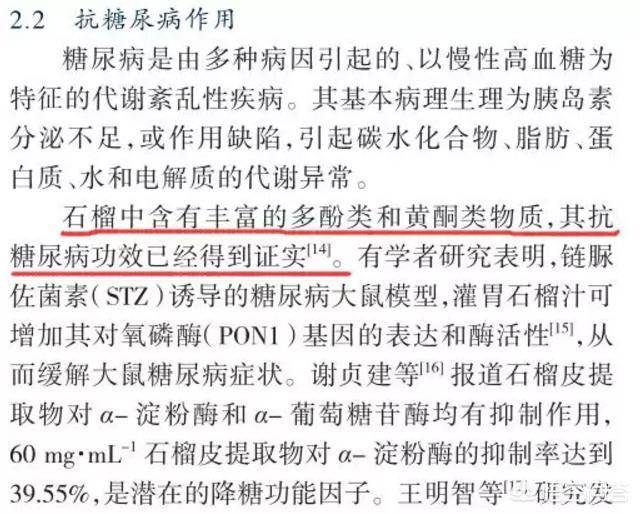
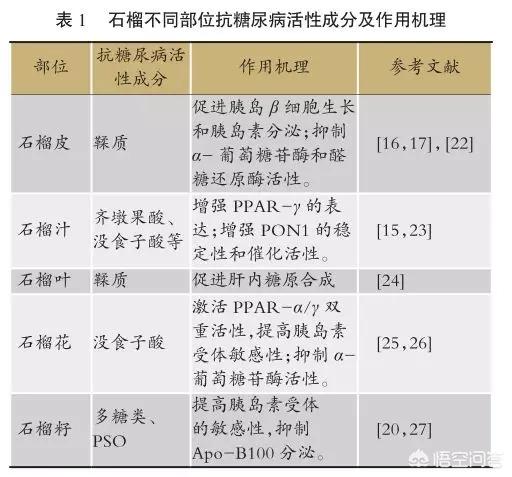
Finally, a special reminder: sugar lovers are best to consume fruit between meals Oh, it is best to be able to consume fruit 2 hours before as well as 2 hours after the consumption of each test, in order to monitor the impact of fruit on their blood sugar.
Diabetics can eat pomegranates, but they should be careful with the dosage and also reduce the amount of staple foods.
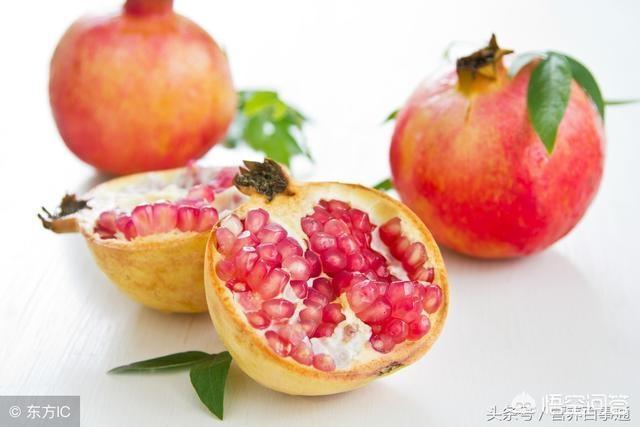
1, diabetics can eat pomegranate?
Diabetics can eat pomegranates, but they should be careful with the dosage and are not advised to eat too much at once. Pomegranates are rich in vitamin C and B vitamins are very good, diabetics should eat pomegranates preferably spaced between meals, and the best amount is a small tooth, about one-eighth of a pomegranate.
2、Time to eat pomegranate
It is recommended that between meals, although the amount of food is relatively small but improve and adjust the taste, you can try to chew slowly so that the time to eat in the psychological satisfaction, but also note that you can match the tea or water to drink a little bit of water properly, which basically prevents the blood sugar floats, pomegranate elevated blood glucose index can be, so you can be appropriate to a small tooth in between meals.
3. Minimize the amount of staple foods
Eat pomegranate at the same time the amount of staple food is appropriately reduced a little bit, try to eat vegetables before eating, basically reduce the staple food by about half a tael, so that you can better control blood sugar.
I. Work of the Hospital Nutrition Unit
Sugar lovers can certainly eat pomegranate, just to control the amount.
Pomegranate fruit contains vitamin C and B vitamins, organic acids, sugars, proteins, fats and minerals such as calcium, phosphorus, potassium, etc., which can replenish the body's missing trace elements and nutrients. Also rich in a variety of acids, including organic acids, folic acid and other health effects on the human body. And its vitamin C content is apple 1-2 times.

Pomegranates are very popular among women because of their good taste and rich nutritional value, and sugar lovers are no exception.
Today I'm sharing how to eat pomegranates for sugar lovers:
Non-insulin-treated patients:
(1) If your blood glucose is less than 3.9 mmol/L, you can eat 100 grams of pomegranate (the weight of the edible part), about 1/2 of a medium-sized pomegranate. See if the blood sugar can rise to the normal range, if not, repeat the operation once more.
(2) If your blood glucose is 4-5.6 mmol/L, you can eat 50 grams of pomegranate (the weight of the edible portion), about 1/4 of a medium-sized pomegranate.
(3) Pomegranate is not recommended for people with blood glucose higher than 5.6 mmol/L.
Insulin-treated patients:
In addition to being able to refer to the protocol for non-insulin-treated patients, you can also eat as much or as little insulin as you want, depending on your carbohydrate coefficient. However, care needs to be taken to administer the shots 5-10 minutes earlier than usual to coincide with the more rapid glycemic properties of pomegranate.
Finally, does everyone know how to eat pomegranates? If you want to eat it, get moving!
Thanks for the invitation!
In the autumn season, pomegranate is one of the common seasonal fruits in the fall. It is rich in vitamin A, vitamin E, minerals such as potassium and magnesium [1].As a rich source of food nutrients, sugar lovers can feel free to eat, but to "wise" eat.Although compared to normal people, sugar lovers can choose food is received a certain limitation, but it does not mean that we can not eat anything.As long as we eat "wisely", we can enjoy all kinds of flavors and fruits, not only pomegranates, but other fruits as well.

So how do you eat fruit "wisely"?
1,Do not rely on taste to recognize if you can eat it or not.Some fruits although eat up very sweet, but he entered the body after the blood sugar does not necessarily rise fast, different fruits blood sugar high speed is not the same, and most of the sugar in the fruit is fructose, fructose itself sweetness is relatively high. At the same time, the fruit contains a lot of dietary fiber, can also reduce the speed of blood sugar.
2,Choose low GI (Glycemic Index) fruits
GI is an indicator to determine the speed of blood glucose elevation after the food enters the human body, simple understanding is that the larger the GI, the faster the blood glucose elevation after entering the human body, less than 55 is judged to be low GI, which is recommended to consume, and higher than 70 is high GI food, which is not recommended. However, if the blood sugar control is stable, you can also consume a small amount of high GI food to control the amount.Low GI consumption: apples, fresh peaches, pears, cherries, plums, grapefruit, etc.; Medium GI: mango, pineapple, etc.; High GI: watermelon, etc.
3. Pay attention to the way of consumption
Choosing to eat it in the middle of a meal is a useful complement to the main meal and also avoids large fluctuations in blood sugar.
To control the amount of consumption, the Dietary Guidelines for Chinese Residents recommend eating fruits every day and ensuring a daily intake of 200~350g of fresh fruits, but fruits, due to their high sugar content compared to general food.Therefore, sugar lovers should be given discretionary control to control between 100 and 200g.
Eat fresh fruit and less processed products such as canned fruit
In addition, in addition to the attention of the sugar lovers to eat fruit, but also pay attention to the following circumstances
Regular blood sugar monitoring and knowing yourself comes first.
In addition to fruit choices, you should also pay attention to the coarse and fine combinations of staple foods and the quantitative consumption of vegetables.
Moving is beneficial. Exercise 3 to 5 times a week for more than 30 minutes each time, and you can choose the form of exercise that suits you to get yourself moving.
Reference:
[1] Yang Yuexin, Wang Guangya, Pan Xingchang, eds. Chinese Food Composition Table, 2nd Edition. Peking University Medical Press
PS: the struggle with diabetes is a long process, so we keep a good mindset, strategic contempt, but tactical attention, must pay attention to lifestyle changes, I am also willing to share a variety of tips on diabetes, with everyone, if you have any needs, but also in the message area, I will do my best to provide everyone with the best possible help.
Can you eat pomegranate with diabetes?
People with diabetes can eat pomegranate in moderation under the condition that their blood sugar is stable and the total sugar intake is controlled, but it is not advisable to eat too much.
Pomegranate is the fruit of the pomegranate plant of the pomegranate family, which is rich in nutrients, containing sugars, proteins, fats, B vitamins, vitamin C, calcium, phosphorus, iron and other nutrients. Among them, pomegranate contains about 13% to 17% sugar, which is low in sugar content and medium in glycemic index. People with diabetes can eat pomegranate in moderation if their blood sugar is stable and the total amount of sugar intake is controlled. But it is not advisable to eat more than the normal population consumption should be reduced intake.
Dietary treatment is the basic treatment for diabetes, and patients are advised to pay attention to it and do their best to restrain themselves and strictly control their sugar intake in order to help stabilize their blood glucose and avoid related complications.
This content was reviewed by Zhao Xia, Deputy Chief Physician, Department of Nutrition, Beijing Jishuitan Hospital.
Click here for details of the doctor's answer
Pomegranate Effects: Hemostatic and astringent, decongestant, antibacterial and antitoxic, Pomegranate Nutritional Constituents: Vitamin C, anthocyanins, red pomegranate polyphenols, calcium, pomegranate skin alkaloids and other ingredients. Meridian, lung, kidney, large intestine meridian. Pomegranate is one of the fruits suitable for diabetics. However, when choosing to consume the fruit for diabetes, it should not be consumed before and after meals. One should choose to consume it between meals. The dietary approach to the treatment of diabetes is very important, when choosing food, it must be consumed in moderation, it is not advisable to eat too much, otherwise it will have a greater impact on blood glucose, and it must be taken as a warning, because for the treatment of diabetes, the diet is the most critical first step, and if you don't control the diet well, all the treatments will be in vain, so you must pay attention to this point.
Diabetics can eat pomegranates. Pomegranate contains chromium, which plays an important role in the metabolism of sugar and fat, and is a component of glucose tolerance factor, which is beneficial to diabetics. Sugar-lowering eating method After eating pomegranate, wash and dry the pomegranate peel and make your own pomegranate tea. For diabetics, pomegranate tea is an ideal drink. Benefits for Complications Diabetics are at a higher risk of developing atherosclerosis, which causes coronary heart disease, myocardial infarction, stroke and other circulatory diseases. The antioxidants in pomegranate juice are beneficial in reducing the risk of cardiovascular disease due to diabetes.

This question and answer are from the site users, does not represent the position of the site, such as infringement, please contact the administrator to delete.